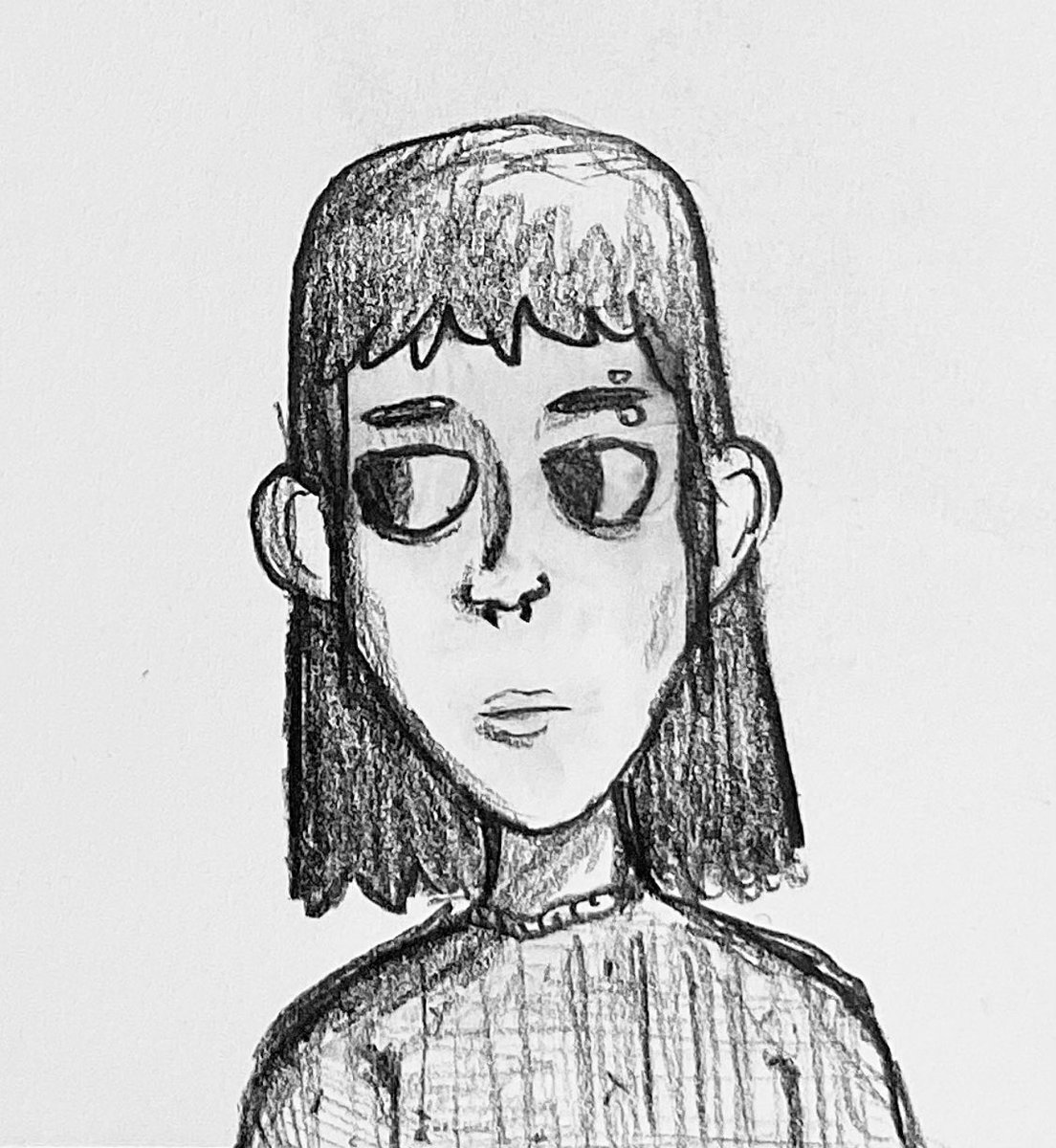Sometimes, you just want to get to a website, right? Then, all of a sudden, a message pops up, maybe from something like Cloudflare, telling you that access is blocked. It can feel a bit confusing, honestly, when you are simply trying to look at something online and then you are told to get in touch with the site's owner, but you do not even know why the block happened. This sort of experience, where access to what you want to see is suddenly taken away, or changed, is a pretty common occurrence on the internet these days, and it can leave people scratching their heads, wondering what exactly went wrong or what they should do next.
This feeling of unexpected restrictions or changes to how we interact with online spaces, is that, something many folks have come to know. It touches on bigger questions about how the web works, who controls what we see, and what happens to the services we once relied upon. There are, you know, a lot of different kinds of communities online, some for specific hobbies, like saxophone players discussing their instruments, or places for fans of certain shows to chat about artists and events. Each of these spots has its own way of operating, its own rules, and sometimes, its own challenges when it comes to keeping things accessible.
In this ever-shifting setting, we find the story of "sotwe com," a name that might bring back memories for some, particularly those who spent time on social media platforms a few years back. It was, in some respects, a part of that earlier internet experience, a kind of helper service for another, much bigger platform. But like many things on the internet, its existence was not permanent. Its story, actually, tells us a good bit about how things change online, and what happens when the bigger players make big moves.
Table of Contents
- What Was Sotwe com All About, Anyway?
- The Early Days of Sotwe com
- Why Did Sotwe com Go Away?
- Changes to Social Media and Sotwe com's Fate
- How Did People Use Sites Like Sotwe com?
- Sotwe com and the Bigger Picture of Online Access
- What Can We Learn From Sotwe com's Story?
- Thinking About the Future of Sotwe com Alternatives
What Was Sotwe com All About, Anyway?
So, you might be asking yourself, what exactly was sotwe com? Well, it was one of those websites that helped people share certain types of content from a popular social media site, specifically Twitter. Back in the day, before Twitter changed how it handled pictures and other bits of media, there were lots of third-party services that would let you upload and view images connected to your tweets. Sotwe com was one of these, allowing users to share visual content in a way that felt a little more open or perhaps offered different features than what the main social media platform provided at the time. It was, you know, part of a whole group of sites that aimed to make sharing on Twitter a bit more flexible or visually appealing.
The Early Days of Sotwe com
Looking back a few years, sotwe com was a name that popped up in discussions about programming and how different web services connected. There was, actually, a submission about it on a programming-focused community forum, dating back about three years ago, where people might have been talking about how it worked or what its purpose was. These kinds of discussions show that it was a service that developers and people interested in how websites are built were aware of, perhaps even thinking about the time it takes to create such a website programming structure. Building any website, especially one that connects with another big platform, can take a good deal of effort and thought, from the initial ideas to getting everything to function smoothly. It is, you know, a considerable undertaking to put something like sotwe com together.
Why Did Sotwe com Go Away?
The story of sotwe com, unfortunately, is one of disappearance. It seems that, like many other services that relied on linking up with big social media platforms, sotwe com is no longer around. There used to be quite a few websites that did similar things, like TwitPic, which was also a popular way to share images related to tweets. But those days, very, very, are largely behind us now. The reason for sotwe com's absence, and the absence of many others like it, points directly to significant changes that happened at Twitter itself, particularly after new ownership took over. These changes affected how outside services could access and display content from the platform, making it difficult, if not impossible, for sites like sotwe com to continue operating in the way they once did.
Changes to Social Media and Sotwe com's Fate
The online world, you know, is always changing, and social media platforms are no exception. We have seen, for instance, how a login screen might now pop up after you scroll past just a few tweets on someone's profile, asking you to sign in to see more. Instagram, too, it's almost, has had a similar approach for some time, where certain content might be gated unless you are logged in. While some people find ways to get around these kinds of restrictions, the general trend is for platforms to control their content more tightly. This shift, where platforms put up more barriers or change their rules for outside access, had a direct effect on services like sotwe com. When the rules for how you can connect to a main platform change, it can simply make it impossible for a connected service to keep doing what it does, leading to its closure. It is, in a way, a consequence of the big platforms deciding how their information can be used.
How Did People Use Sites Like Sotwe com?
People used websites like sotwe com for a pretty straightforward reason: to share and view pictures connected to their Twitter activity. Before Twitter fully integrated its own image hosting and viewing features, these third-party sites filled a gap. They offered a place where you could upload a photo, link it to your tweet, and then others could click on that link to see the image on the sotwe com site. This made it easier, in some respects, for people to add visual elements to their short text messages on Twitter. It was a way to make the content richer, giving a visual context to what someone was saying, which was very useful for many users who wanted to share more than just words. The ease of sharing visuals was, frankly, a big part of their appeal.
Sotwe com and the Bigger Picture of Online Access
The story of sotwe com also touches on a larger discussion about online access and user control. When you think about communities like the one for uBlock Origin, which has many subscribers, you see that people are very interested in managing what they see and how they experience the internet. These tools help folks deal with things like unwanted ads or, you know, those unexpected website blocks we talked about earlier. The existence and then disappearance of sites like sotwe com highlight how much we rely on the rules set by big tech companies. When they change their policies, it can have a ripple effect, affecting smaller services and, ultimately, how individuals interact with the content they want to see. It is, basically, a constant push and pull between platform control and user freedom, where the user sometimes finds their usual ways of doing things suddenly gone.
What Can We Learn From Sotwe com's Story?
So, what lessons can we take from the experience of sotwe com? One thing, very, is that online services, especially those that depend on larger platforms, can be quite fragile. Their existence is often tied to the policies and decisions of the bigger players they connect with. This means that if you find a service you really like, and it relies on another company's data or access, there is always a chance that things could change suddenly, leading to its closure. It is, you know, a reminder that the internet is not a fixed place; it is always in motion, with things appearing and disappearing. We learn that while creating something like sotwe com takes a lot of time and effort in programming, keeping it going depends on many outside factors.
Thinking About the Future of Sotwe com Alternatives
As we consider the future, and what might come after services like sotwe com, it is clear that people still want ways to share and view content easily. While the specific need for a Twitter image host might have changed because Twitter itself now handles images differently, the general desire for flexible ways to interact with online content remains. This might lead to new kinds of services, or perhaps people will look for ways to share things in more decentralized ways, not relying so heavily on one big platform. It is, kind of, a continuous search for methods that give users more control over their own content and how it is seen. The story of sotwe com, then, is a piece of the larger ongoing conversation about how we use the internet and what we might want it to be like in the days ahead.


